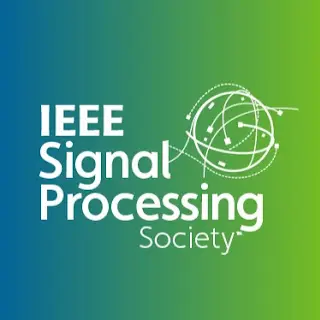We introduce a Gaussian Mixture Model (GMM) framework for 3D holoscopic image compression in this paper. The elemental-images of the 3D holoscopic image are predicted using GMM and the parameters of GMM are estimated using the common Expectation-Maximization (EM) algorithm. GMM Model Optimization (GMO) is used in this framework to select the optimal number of distributions and avoid local optimum of EM at the same time. A three-dimensional distribution-rotation based decomposition is proposed to change covariance parameters to meaningful features and improve the coding efficiency. The features and the remaining parameters of the GMM are encoded using fixed-length bits. A feature-based dictionary is proposed in this framework to match the similar Gaussian distributions utilizing the similar GMM features. And the offsets of the matched distributions are recorded as motion vectors to replace the similar areas in the elemental-images of the 3D holoscopic image. The residual between the original image and the prediction is encoded using Screen Content Coding Extension of High Efficiency Video Coding (HEVC-SCC). Experimental results show that our method performs better than HEVC-SCC, two coding methods based on pseudo-sequences and a state-of-the-art content-based compression method with Gaussian process regression.
With the rapid development in the true three-dimensional display today, 3D holoscopic imaging that can capture spatial and angular information of light rays is considered to be a prospective acquisition and display solution. 3D holoscopic imaging, which is a kind of light field imaging, can provide a natural and fatigue-free 3D visualization [1]. 3D holoscopic image is usually very large, which puts great pressure on the storage and transmission of it [2]. Therefore, it is significant to explore 3D holoscopic image compression method.

